Are High Speed Ovens Too Good to be True?
February 6, 2018You might have heard a few of the bold claims that foodservice equipment manufacturers have been making about high speed ovens, but they can’t be possible, right?
Cooking three times as faster as regular ovens? Five times as fast? Fifteen times as fast? It may seem crazy now, but this may be the future of speed cuisine.
In this article, we will talk about high speed ovens, and get into some of the benefits and drawbacks of this type of foodservice equipment. Read on to find out how your business could reap the benefits of this hot, high-speed foodservice equipment.
High Speed Ovens: How They Work
The high speed oven is an innovative type of foodservice equipment that combines microwave technology with convection technology to produce faster cooking times. Manufacturers have boosted the power of this foodservice equipment through a form of focused convection. Impingement cooking and radiant heat further speed up the cooking process to almost unbelievable rates.
With the small size of most high speed oven models, you can use this foodservice equipment nearly anywhere a standard microwave could fit. One of the best characteristics is that this kind of oven does not require a hood! Most high speed oven models include a catalytic converter that makes them truly ventless additions to you foodservice equipment line.
The attributes might appear infinite but, as with all foodservice equipment, there are a few pitfalls. Now let’s take a look at some pros and cons:
High Speed Oven Advantages
- Food is cooked up to fifteen times faster, increasing production
- Improved moisture retention due to concurrent cooking
- Programmable for regular menu items, further lowering time spent on the cooking process
- Requires far less skilled labor because of programmability
- Menu items and food can be cooked to order
- No hood needed
- No special cookware required
High Speed Oven Disadvantages
- Small oven cavities restrict the number of meals you can cook at once
- More than one oven may be needed for high-usage areas
- Different models do different things – recognize the variations and choose carefully
Common Uses
The characteristics of high speed ovens make them especially handy foodservice equipment for operations that want to expand their menu of items that move at relatively low volumes. Cafes, bistros, convenience stores and food kiosks are only a few potential candidates.
Essentially, any operation that does not have access to a full service kitchen and wants to supply their customers with first-rate, cooked-to-order food without installing a hood could benefit from a high speed oven. Another contender could be a kitchen that simply needs extra variety and flexibility to improve their line of foodservice equipment.
High speed ovens produce exceptional results for most food products. Choose the best match for you by evaluating the various manufacturers, models, and sizes. Consider the variety the menu items that you plan on cooking, and make sure the oven you select is optimally designed to cook your menu items, and that they will fit inside the oven.
If you’re looking to speed up your production, offer a broader range of menu items, or just have install an oven without needing a hood, high speed oven may just be the right kind of foodservice equipment for you. Happy cooking!
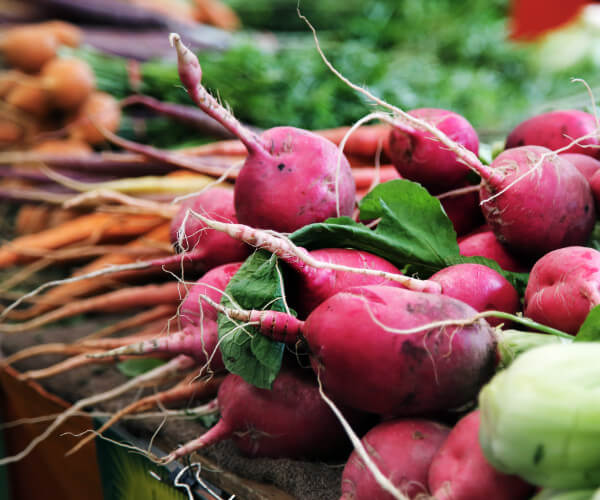
Kitchen Supplies: Should You Go Local With Ingredients?
If you own a restaurant in Little Rock, you’ve certainly heard of the trend toward going local. Local kitchen supplies, local ingredients, even local art as décor. There are a lot of great reasons to buy local – your money will stay in and support your community, for...

Commercial Kitchen Fun: Why Salty & Sweet?
All cooks who consider making desserts know that salty and sweet is a winning combination. Salted caramel shows up in hundreds of recipes. Candy bars combine salted nuts with chocolate. We dip French fries in ice cream. We put pineapple on pizza. People even put salt...
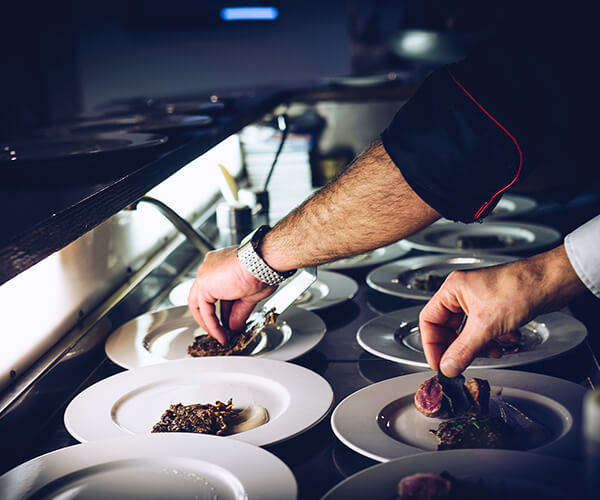
Restaurant Equipment Spotlight: Ensuring Safety in Your Restaurant
A lot happens in your restaurant every day. You have people coming and going all the time. Your employees are constantly moving around, and customers are entering and leaving throughout the day. Unfortunately, with all that activity, there’s also a lot that can go...
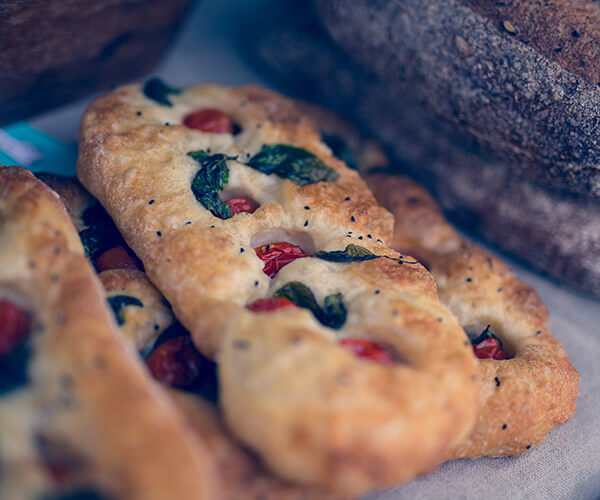
Questions to Ask Before You Invest in Kitchen Equipment
When you invest in kitchen equipment, you want to make sure you’re getting exactly what you need and that it will last you a long time. It can be overwhelming to think about everything you need when you’re starting a restaurant. Even if you’re just trying to add or...
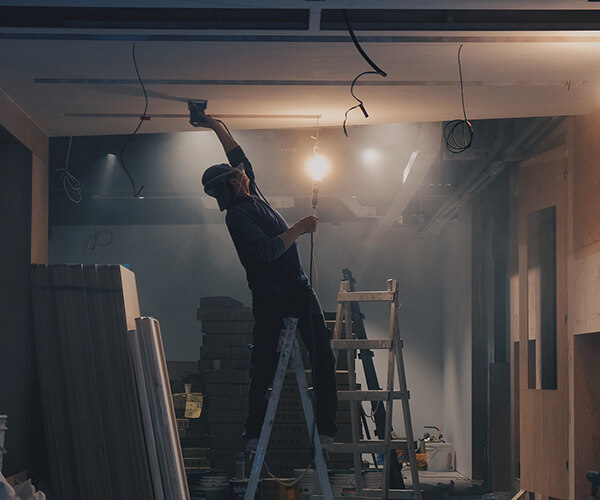
Uh Oh. Handling Restaurant Disaster Recovery
No one wants to think about a major disaster hitting their restaurant. Unfortunately, it can happen at any time. In Arkansas, large areas (including Little Rock) were declared disaster areas as recently as last summer. Severe flooding, wind damage, and tornados are...

Restaurant Supplies You Need: Technology in Your Business
Every business is impacted by technology, and restaurants are no exception. There are dozens of ways to use technology to build your business, improve your efficiency, and serve customers better. Sometimes restaurant owners feel like they’re too busy to implement new...

Key Restaurant Equipment for a Fast-Casual Restaurant
Fast-casual dining has changed how America eats and has impacted what people expect in terms of convenience, price, and food quality. Generally, fast-casual food is affordable and higher-quality than pure fast food. It’s a step above a McDonald’s, without the price or...

Equipment for Your Restaurant: Choosing a Restaurant Concept
Some people who start a restaurant know exactly what they want. They either buy an existing restaurant with a concept, or they create the menu based on their family traditions or ethnic flair. However, not everyone who wants to start a restaurant knows exactly what...

Restaurant Supplies: Using Herbs to Add Flavor to Your Dishes
If you’re looking for new ways to attract people to your restaurant, consider the ways you can add flavor without adding fat or calories. Consumers are more and more concerned about the quality of what they eat, both at home and in a restaurant. Home cooks generally...
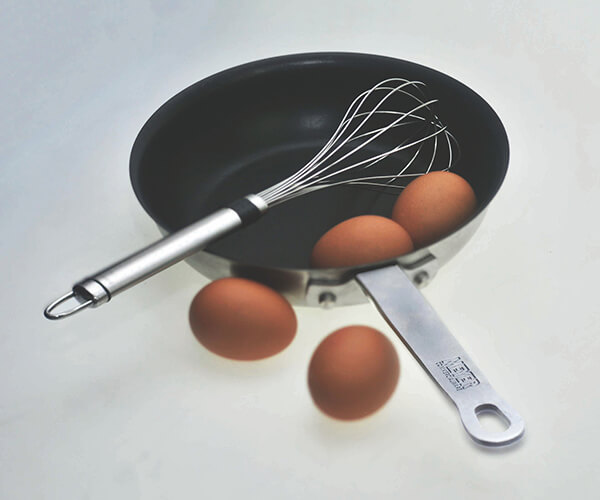
Commercial Kitchen Debate: Stainless Steel vs. Non-Stick Pans
If you run a commercial kitchen, you probably have a lot of ways of doing things that just seem right to you. For whatever reason, you decided between a gas and electric stove. You made decisions about dishware. And you probably have a position on the stainless steel...

Restaurant Equipment: How to Handle Gluten Allergies
In the last five years, you’ve probably seen a dramatic increase in the number of restaurant customers you have that are avoiding gluten. Some of them simply don’t like it, and others have a life-threatening reaction if they eat it. As a restaurant owner, you want to...
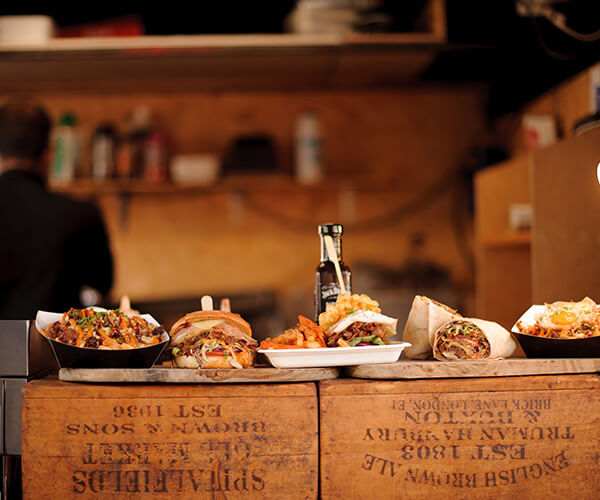
Reduce Food Waste: Proper Kitchen Equipment and More
Food waste is a reality in any commercial restaurant, but it doesn’t have to be accepted blindly. Too many restaurant owners or head chefs feel as though there is nothing they can do about this waste. Fortunately, there’s a lot you can do to reduce food waste in your...

Restaurant Supplies: Furnishing an Outdoor Sitting Area
Outdoor dining is a very enjoyable experience for many people. In Little Rock the weather is generally pleasant, although humidity may make it hard to eat outside on the hottest summer days. Adding an outdoor sitting area to your restaurant can be a great way to...

Commercial Kitchen Fun: The Wonder of Chocolate
If there’s anything that almost everyone loves as much as coffee, it’s chocolate. In fact, there are multiple celebrations of chocolate each year. Chocolate Day is on July 7th, because historically that’s when chocolate was first brought to Europe in 1550. Don’t miss...
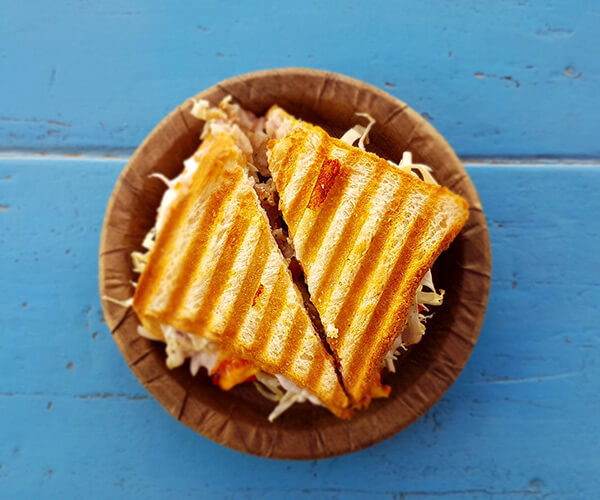
Cooking Equipment Spotlight: Safe Indoor Grilling
Indoor grilling is a great way for your restaurant to delight customers without having to run a big charcoal operation out back. There’s nothing like grilled meat and vegetables to put a great aroma in the air and encourage hungry diners to dig in. There are two...
